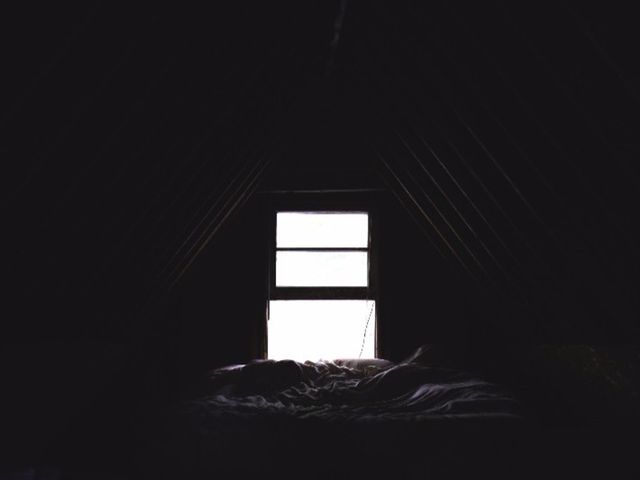Overcoming Inner Thigh Chafe and Irrational Fears
Decades before leggings were regular attire, wearing lycra tights took courage and resilience. As a college alpine ski racer back in the 80s, dry land training made inner thigh chafe a daily focus. The Nordic skiers had been wearing lycra tights for years, but they were sweaty people who had to be naked to avoid hypothermia, so lycra tights were considered overdressing. It was also easy for the wispy little cross country runners to tell us to get over the worry about feeling naked.
Bountiful thighs were not celebrated or even featured publicly back in the day; in fact, some people freely made harsh comments to those of us who were sporting big ‘ole badass skier thighs in baggy pants. The nasty feedback did not deter us from getting stronger. As ski racers, rugged thighs were required to be able to fight the forces while ripping down a ski course. Unleashing our thighs in lycra tights, however, was a bold move.
Ultimately, desperation for chafe-relief drove my teammate and me to buy our first pairs of lycra tights. At first, we wore cotton shorts over the tights, not quite ready to expose every bump and bulge and manage the wind howling through our undercarriage. The guy on our team who wore lycra tights with his bits on full display was especially ineffective in convincing us to take the shorts off. Comfort and practicality helped us overcome feeling self-consciousness.
Embracing the lycra solution led to a new level of awareness and a series of experiences that resulted in me addressing my debilitating fear of the dark. As a college student, I avoided walking or running alone or in the dark. I even avoided being home alone, gripped by irrational fears. One semester at UNH, three different women had been followed and sexually assaulted by a guy in his mid-twenties. While the police attempted to find the suspect, they provided a sketch and encouraged us to look out for a reddish car. Limited information fueled my fears.
Late one night, a reddish car passed me as I walked from the library to my truck. When the car drove by me on the deserted sidewalk a third time, I started to run with my catastrophic thoughts cranked up to high gear. The sight of a campus police officer and a town police officer talking on the sidewalk up ahead put me at ease.
I approached, winded from my fearful scurrying, I told them about the car and asked for their advice about managing my fears and staying safe while running. The town officer laughed and said, “For starters, don’t wear lycra tights when you jog.” The other officer laughed in agreement as if this was the obvious answer.
I was stunned by their assumption that women who wore lycra tights invited assault. The term “victim-blaming” wasn’t part of the lexicon back then, but the concept was clear. The officers stopped laughing when they noticed me fuming with anger. I rhetorically snarled, “Fellas, do you know why I wear lycra tights when I run?” I took both hands and gripped on the hunk of my inner thighs to emphasize my point, “So that the fat on my inner thighs doesn’t rub together.” They looked nervous. I expanded by rubbing my hands together, “When I don’t wear lycra, the fat on my inner thighs chafes and bleeds.” They clearly wanted to bolt. I prolonged the awkward, tense silence then stepped between them and walked to my truck. I wept almost the whole way home.
My dark house put me back into alert mode. My roommate must have been asleep. With my backpack slung over my right shoulder, I quietly opened the door and ran my left hand along the wall feeling for the light switch. Unbeknownst to me, Kristian had awoken and headed to the bathroom. Just as I flipped the switch, he stepped into my path and said, “Boo!”
My coiled anxiety led me to spring into action. Blinded with rage and fear, I did not recognize Kristian. I swung my backpack full of books all the way around and onto his head. His hands came up in self-defense, and I bit down on one of them as I continued my verbal and physical attack. Kristian’s yelp helped my vision clear to see him cowering in his boxers with his hair sticking up and puffy eyes. “What the hell is wrong with you?” he whimpered. Emerging from my crazed state, I said, “You have no idea what I have been through tonight.” We were both too pissed off to discuss it until the next day. He agreed to leave the light on, promised to resist the temptation to scare me, and suggested I do a little time on the couch with a counselor to work through some of my fears.
Five years later, I changed my life with the help of psychologist Mark Hegel at DHMC who guided me to manage my fear of the dark with a combination of emotional processing, specific dark training and relaxation techniques. Now I enjoy life more fully, including solo hikes in the woods at night. Occasionally I have to stop, breathe deeply, and talk myself through the catastrophic thoughts. If it weren’t for my chafing thighs, I may have missed the collision of factors that led me to life-changing therapy. Cheers to the cosmos aligning in the most unexpected ways to make radical change happen.

